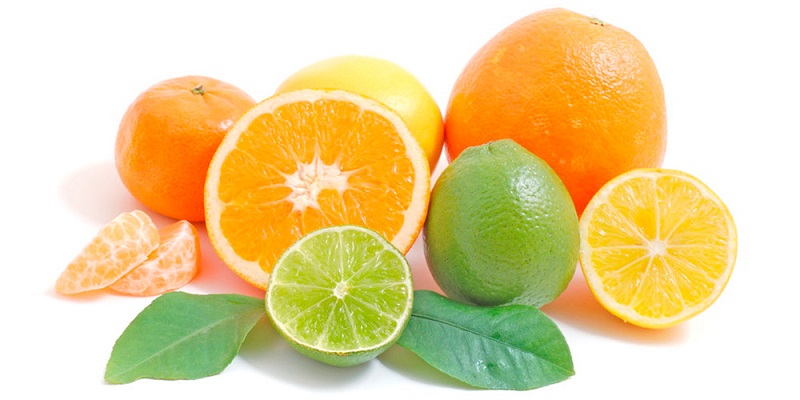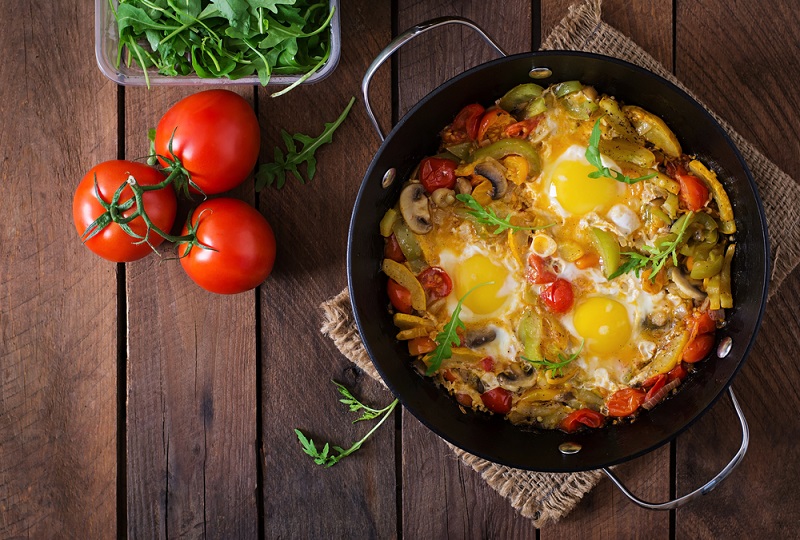It is very important to eat foods that have vitamin C daily.Vitamin C is necessary for the development and maintenance of our body and we cannot store it.
People who consume diets rich in vitamin C from natural sources, such as fruits and vegetables, are healthier and have lower mortality and fewer chronic diseases, according to recent studies.
This vitamin is essential for the development and maintenance of the body and participates in numerous functions:
- It is an antioxidant vitamin, which protects cells from free radicals (unstable molecules that attack healthy cells).
- It reinforces the organic defenses.
- It favors the creation of collagen, which keeps tendons, ligaments, bones and cartilages in good shape.
- Accelerates healing in bone fractures.
- Prevents cholesterol and fat in the blood vessels and strengthens the walls avoiding breakages and internal bleeding.
- Helps the removal of heavy metals such as lead, and protects from toxic substances such as nitrites, insecticides, ozone, radiations, solvents, cigarette smoke, etc.

Recommended Daily Amount (CDR)
Being a water soluble vitamin, its excess is easily eliminated by the urine, so it is difficult to reach a toxic dose.However, in some cases we should be cautious, for example in the case of being prone to kidney stones (because vitamin C transforms the body into oxalic acid, which is a component of kidney stones).
The World Health Organization (WHO) recommends45 milligrams of vitamin C a day, but there are other organizations recommend other amounts.Currently there is controversy regarding dosage.
These are some references
- 45 mg per day: the World Health Organization
- 60-95 mg per day: National Academy of Sciences of the United States.According to this organism should not exceed 200mg per day.
- 400 mg per day: Linus Pauling Institute
- 1 gram per day: Professor Roc Ordman, for the research of free radicals.
- 3 grams per day(up to30 g for patients): Foundation for vitamin C
- 6-12 grams per day: Thomas E. Levy, Colorado Integrative Medical Center.
These data refer to a healthy adult.
The CoR is only an estimate of what is believed to be beneficial to the agency based on studies of the average population.However each individual is different and may require different amounts of vitamins.Children and young people should reduce amounts and in pregnant women, or in breastfeeding, the need for vitamin C increases.
You may also like to read another article on Natural-Lotion: 10 delicious foods rich in vegetable protein: Discover them!
Foods rich in vitamin C
Below you can see a relationship of foods with their content in vitamin C, from greater to less quantity:
|
For each 100 g |
Mg vit.C |
For each 100 g |
Mg vit.C |
| Gubinge, murunga or kakadu plum | 3100 | Orange | fifty |
| Camu camu | 2800 | Lemon | fifty |
| Hip | 2000 | Spinach | fifty |
| Acerola | 1600 | Cantaloupe | 40 |
| Guava | 300 | Pineapple | 40 |
| Black currant | 200 | Grapefruit | 40 |
| Red pepper | 190 | Mango | 35 |
| Parsley | 130 | Turnips | 35 |
| Green pepper | 120 | Veal liver | 35 |
| Broccoli | 115 | Asparagus | 30 |
| Brussels sprouts | 100 | Raspberry | 30 |
| Kiwi | 90 | Tangerine | 30 |
| cauliflower | 80 | Cabbage | 30 |
| Khaki | 60 | Chard | 30 |
| Papaya | 60 | Onion | 30 |
| Strawberries | 60 | Oysters | 30 |
Keep in mind that some foods like rosehip or parsley are consumed in very little amount, so the amount of Vitamin C that we would take would also be small.
An example:A medium orange weighs 150 g (so contains 75 mg of vitamin C) while a tablespoon parsley weighs about 10 g (containing 13 mg of vitamin C).
It is important to eat raw or practically raw foods, since vitamin C is a water-soluble vitamin that is very easily damaged through cooking of food (the longer or higher temperature plus vitamin degradation) and with outdoor exposure Contact with oxygen also degrades it).
Did you know?
According to a study carried out with 8000 people on the effects of vitamin C on the common cold it was observed that it does not prevent you to take it but it decreases the duration and intensity of the disease by 20 to 30%.



